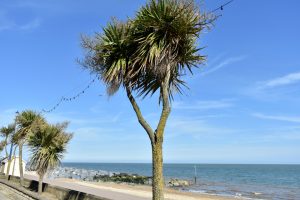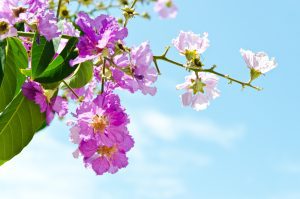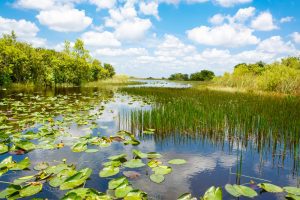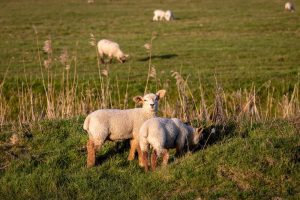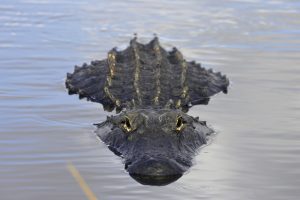The river oak tree, scientifically known as Casuarina cunninghamiana, is a member of the genus Casuarina. It’s the largest species of this family, reaching a height of 65 to 115 feet and a diameter of 0.5 to 5 feet.
Its foliage is made up of branchlets called cladodes, which are flattened stems that resemble and function as leaves.
These cladodes can be found in whorls of 8 to 10 (a whorl is a group of branches that can be found at the same height on a trunk).
The river oak is known as a dioecious tree, which means the trees are separated by gender. They’re either strictly male or female in terms of reproductive capabilities.
It’s also a wind-pollinated tree, meaning the tree is fertilized by wind-borne pollen.
While male flower spikes, which are reddish-brown, originate from shoot tips, female flowers, which are red, are borne in clusters throughout the branches.
When fertilized, the female flowers turn into cones, which ripen during the fall and spread seed when they reach maturity. The cones are rounded and small, reaching a length of .39 inches (10 millimeters).
Table of Contents
Where can the river oak tree be found?
The river oak is native to a narrow strip of land in East Australia that extends from southern New South Wales – where it’s recognized as a protected species – to north Queensland.
A subspecies of the river oak, known in the scientific world as Casuarina cunninghamiana subspecies miodon, can be found in Australia’s Northern Territory.

The river oak tree typically lives in pure stands. This means that the tree usually lives exclusively (or almost exclusively) with members of its own species.
However, the tree can hybridize, or crossbreed, with Casuarina glauca, a closely related relative.
River oak pure stands can be found around freshwater rivers and streams.
In what kind of soil and climate does the river oak tree thrive?
In its native region, the river oak tree thrives on gravelly or sandy soil that’s well-drained. The tree can rarely be found on clay soil.
The pH of the soil ranges from acidic to neutral.
The river oak tree is a moderately salt-tolerant plant that becomes chlorotic when it’s on calcareous soils, meaning that the branchlets produce an insufficient amount of chlorophyll.
This chlorophyll deficiency gives the branchlets a pale or yellowish tone.
The tree tends to grow in regions with average amounts of rainfall (50th percentile), which is about 24 to 43 inches per year.
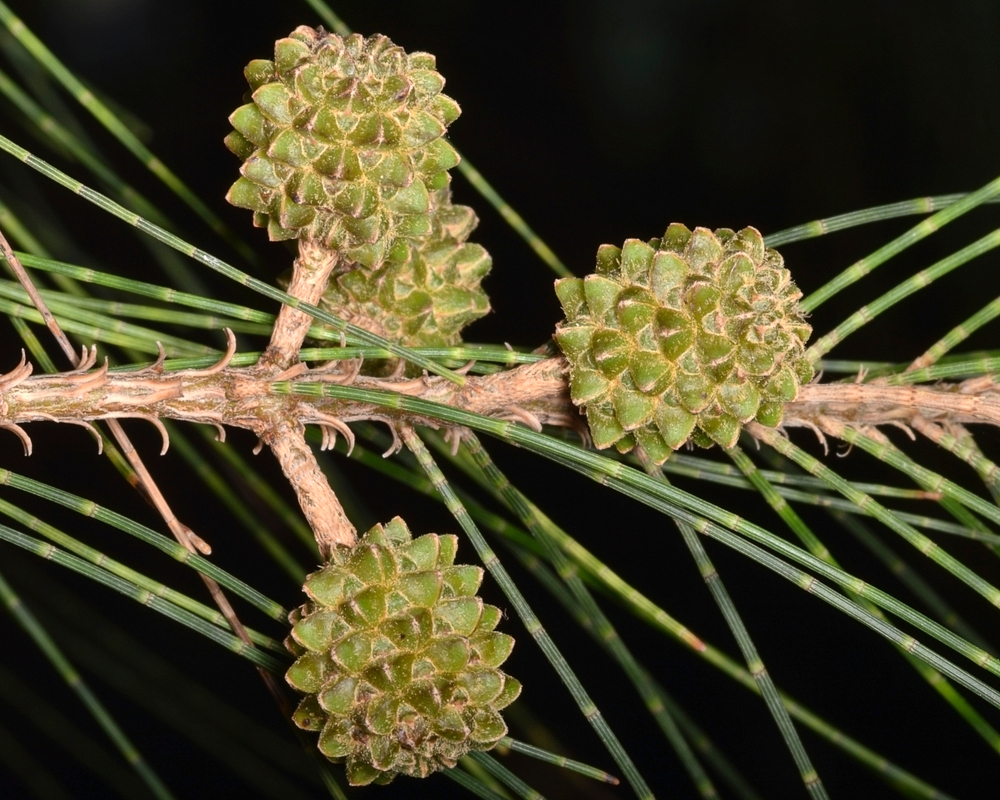
However, some populations of the river oak tree have been known to receive as little as 15 inches per annum. But in these cases, there’s access to groundwater due to the trees’ proximity to freshwater rivers or streams.
An exotic plant, the river oak is believed to be moderately drought tolerant. Once it’s mature, it can survive periods of drought, but if no groundwater is present, its growth will be quite limited.
Commonly used as a screening plant, the river oak tree is frost tolerant in temperatures as low as −8 °C (18 °F).
That being said, certain river oak trees located in California, USA, were observed to have few to no injuries after several months of exposure to minimum winter temperatures of −12 °C (10 °F), as well as heavy snowfall.
What do people use the river oak tree for?
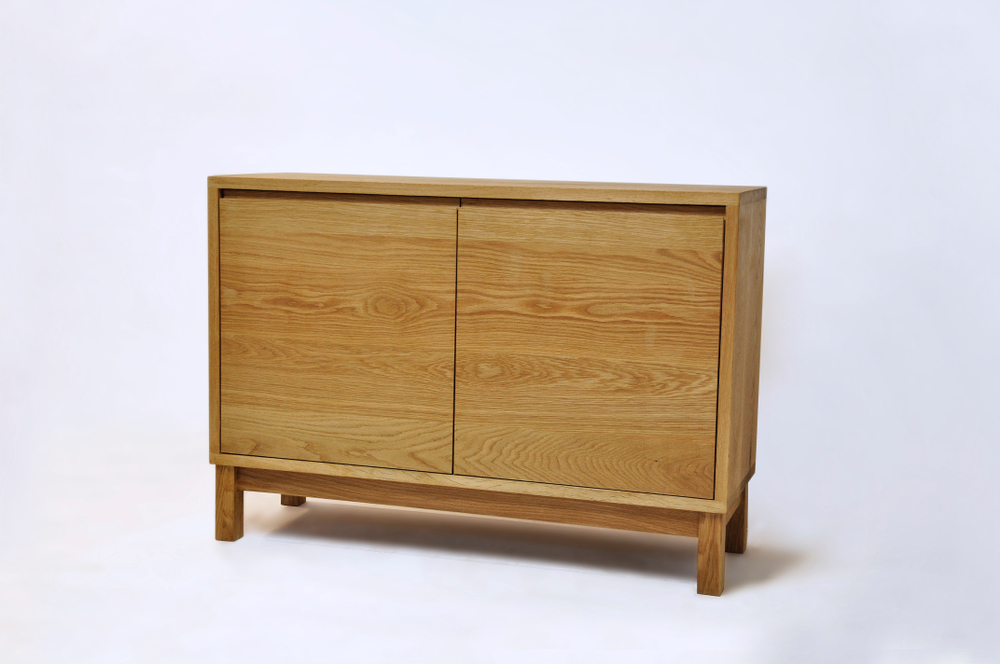
Since its origination in Australia, the river oak tree has been introduced to several countries all over the world, such as China, Argentina, Israel, Egypt, Kenya, South Africa, Zimbabwe, and the USA.
People have found various ways to make good use of the tree, including fuel and erosion control. Below are some of the most common uses for the river oak tree.
- Fuel – Like many of its Casuarina relatives, the river oak is prized for its fuelwood, with its wood density ranging from 538 to 605 pounds per cubic foot. Due to its relatively low density, the wood is easy to split, and the wood can be burned either green (meaning freshly cut and still containing its internal moisture) or dry. An evaluation of the plant showed that it had a gravity of 0.72, 73% of which was biomass, and it yielded 4,544 calories per gram when combusted.
- Shelter – Because of their dense canopy and ability to grow fast and preserve their lower branches, river oak trees are popularly used to make shelterbelts. These windbreaks are plantings of multiple rows of river oak trees designed to protect farming and livestock areas from the wind. It can also protect soil from erosion. Regular maintenance of shelterbelts is necessary. Otherwise, the trees will lose their form and foliage density and no longer serve their purpose.
- Stabilization – River oak trees have been recognized for their ability to prevent erosion at the banks of streams. In Egypt, the tree has been planted around irrigation canals for different purposes. One is to stabilize batik plants, and another is to prevent excessive sand from falling into the canals.
- Wood products – Due to the timber’s strength, toughness, durability, and straight grain, the river oak tree is sometimes used to make wood products. But because its wood is prone to warping and splitting during seasoning, the wood is usually only used for sawn lumber, poles, and posts. However, the wood has also been utilized for furniture, flooring, shingles, tool handles, and packing cases.
- Other – Although sheep and cattle can eat the tree’s foliage, it should only be fed to these animals during times of emergency, such as droughts. The foliage is also used to decorate landscapes and serve as windbreaks along highways.
How does the river oak tree propagate?
The tree naturally propagates from seed, with rapid germination occurring at about 30 °C (86 °F).
It can also be artificially propagated through softwood cutting. This IBA hormone treatment involves extracting material from the soft shoot tips, which root easily.
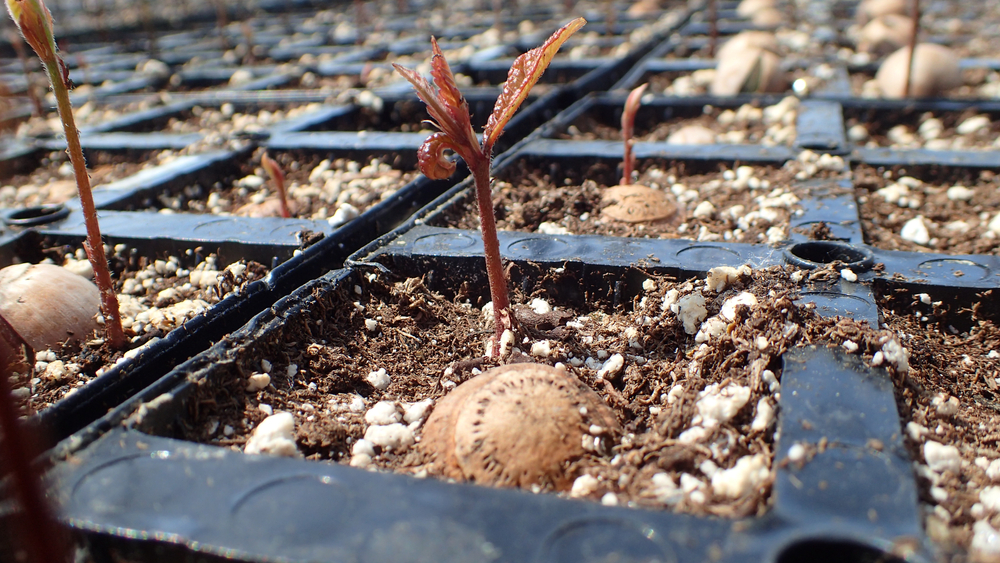
River oak seedlings are often grown in nursery containers before being transported to the field. The tree’s fibrous root system requires extensive space, so it’s generally recommended that the trees have 3 to 5 feet of space between them.
In arid and semiarid regions, Casuarina cunninghamiana is grown and irrigated in a variety of ways, including the flood, furrow, and drip methods.
Because of the density of its fibrous root system, the species is effective at catching and absorbing nutrients, including nitrogen, phosphorus, and calcium.
To ensure the tree’s survival, weed control is necessary. When young, the species is intolerant of competition, which means that it cannot survive when other plants are present.
When a river oak has grown and its canopy has closed, weed growth is suppressed through the canopy’s shading and the fallen branchlets’ mulching effect.
What animals can cause damage to the river oak tree?
It’s important to protect the trees – especially when they’re young – from rabbits, hares, and grazing animals. Grasshoppers can be particularly harmful to young trees.
Girdling and basal trunk damage are susceptible to infection by rodents, so tree guards and weed control are needed to prevent or curb this damage.
River oak trees can be subjected to two types of rot: Phytophthora and Clitocyberoot.
The first, Phytophthora rotting, is a soil-borne fungal disease that causes seeds and plants to rot and their seedlings to damp off.
Clitocyberoot rotting involves gum oozing out from the crown of the tree.
As the soil down below absorbs this gum, it hardens, forming a cast around the roots and affecting the tree’s ability to absorb the water and nutrients that are necessary for its survival.
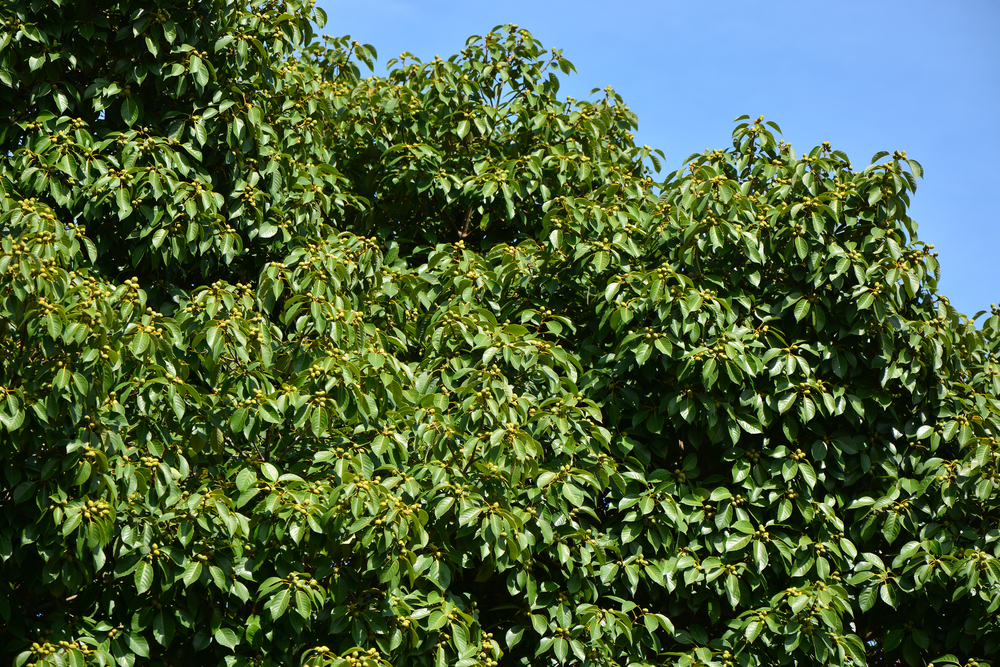
The river oak tree has many evergreen oak relatives. From the small Japanese evergreen oak to the magnificent live oak, its relatives are also used as specimen trees, windbreaks, and screens, just like their river oak cousins.
- Japanese evergreen oak – The smallest of the evergreen oak trees, the Japanese evergreen oak reaches a height of 20 to 30 feet and a spread of 15 to 20 feet. Its silhouette is oval to rounded, characterized by low and dense branching and gray bark on the sometimes-multiple trunks. The glossy dark green leaves, which are 2 to 2.5 inches in length, can be distinguished by their wavy margins and pale underside. Young Japanese evergreen oaks are purplish-brown. Due to their small size and foliage density, the trees are often used as specimens, screens, or sources of shade. The trees aren’t available in nurseries.
- Live oak – An American native, the live oak tree grows to an impressive height of 60 feet with a majestic spread of 120 feet. Its crown is dense, rounded, and symmetrical, with leaves that grow in large quantities, holding on to the tree until spring, when they turn yellow and fall. A tough, enduring species, the tree can live for hundreds of years if it’s cared for properly. However, the tree’s life can be shortened by the oak wilt disease, caused by insects and unclean pruning tools.
- Ring-cupped oak – Native to China, Japan, Taiwan, Korea, and the Himalayas, the ring-cupped oak reaches a height of 20 to 30 feet in cultivation and 30 to 50 feet in its native habitat. Having a spread of 10 to 15 feet, the tree features leathery leaves with a glossy dark green top and a gray-green underside. In the winter, its foliage might turn yellow-green. Although generally considered a low-maintenance tree, it does require protection from diseases like oak wilt, shoestring root rot, chestnut blight, oak leaf blister, and powdery mildew.
- Mexican oak – Out of the Mexican oak’s bold green foliage comes a strong red hue. This occurs at least twice a year, making the Mexican oak a favorite among evergreen oak trees. The tree can grow to 15 feet in its natural habitat. Its features include dark and rough bark, greenish and ridged branchlets, glossy-upper-surface leaves, and acorns with half of their length encased in a cupule. It’s now a well-established species in cultivation whose grafted specimens are frequently offered by nurseries. Perhaps its most distinctive feature is its large, bullate, leathery leaves, which can be found in dense clusters.








